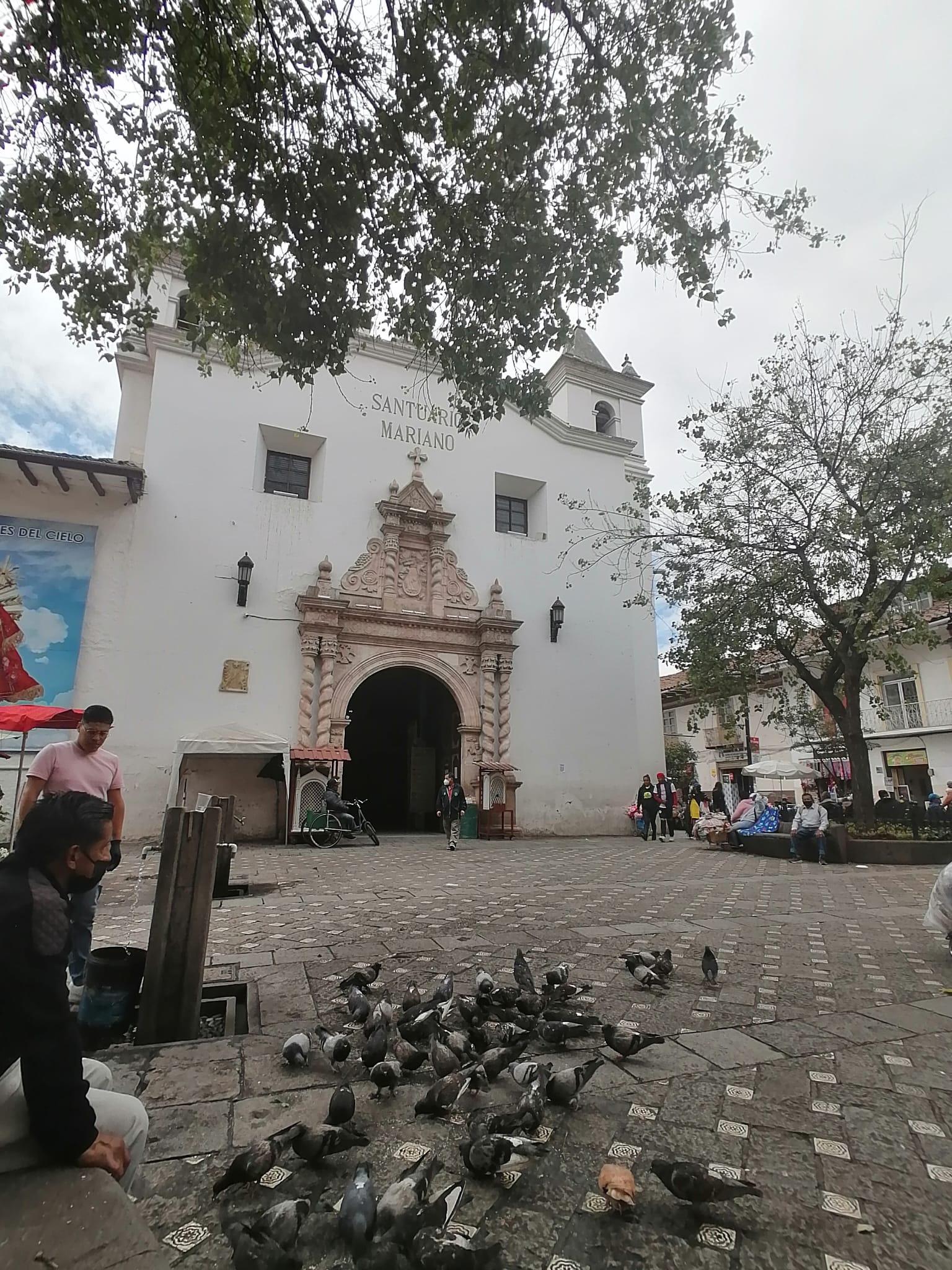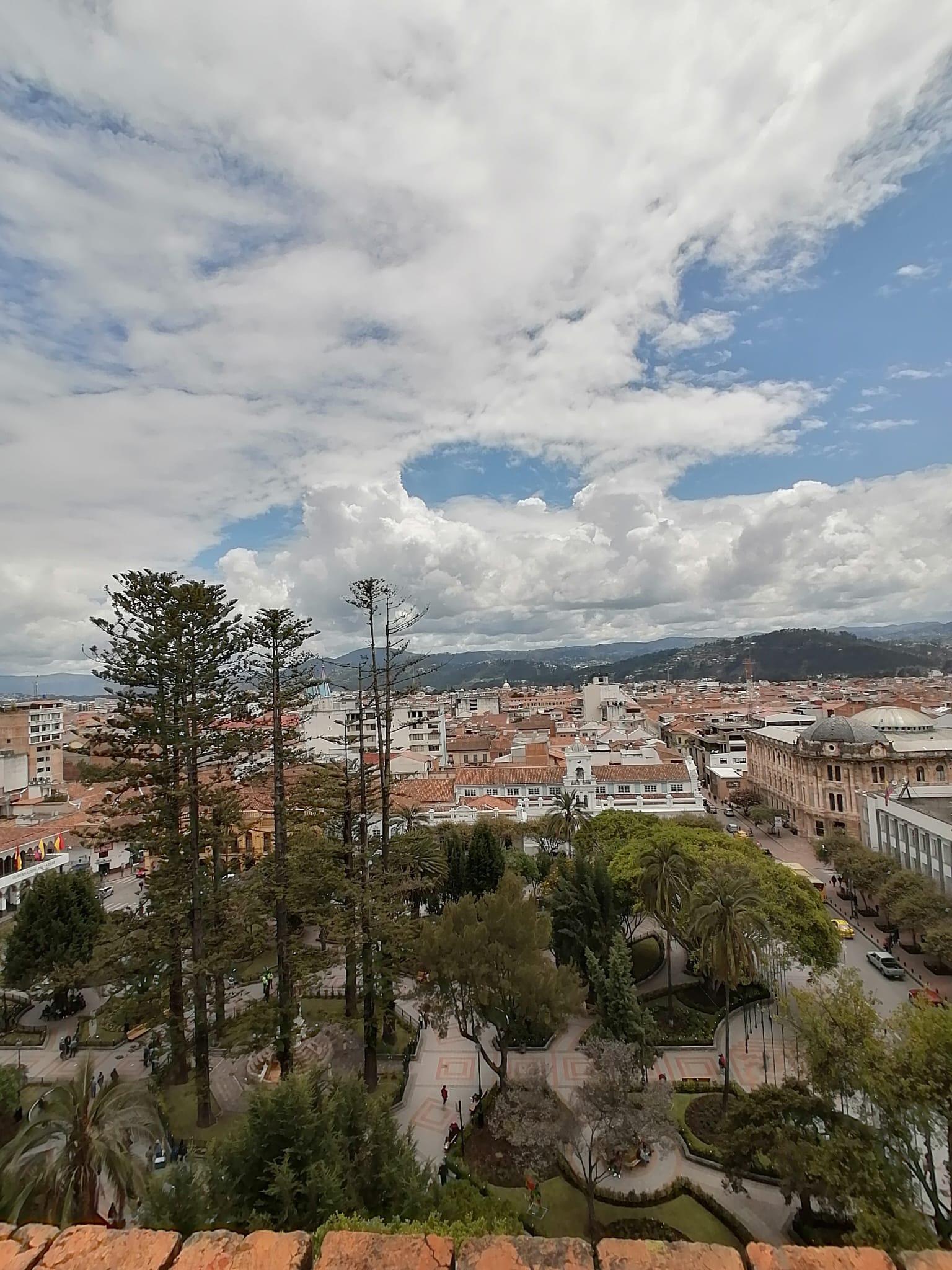Fátima Delgado is an Ecuadorian with an economic/business and sustainable sciences background who has worked with indigenous, small farmers and gender-based grassroots organizations in Latin America for over 14 years. Through her own empirical experience, she defined herself to challenge the “colonial wound” and the voices surrounding the narrative of the work of the “Development & Aid” sector in the Global South, which has led to the contribution of new decolonial courses at the TU Delft educational setting, such as the “Beyond Development: Pluriverse for Sustainable & Impact” course, lectures, workshops and more.
Inspired and informed by her experience as a researcher in both Latin America and Europe, Fátima Delgado Medina reflected on this project, Right to Reyeroord (covered in an earlier article within the urban series), to elaborate upon the role of government in bottom-up city-making processes from a more decolonial perspective.

Citizens worldwide demand their voices to be heard regarding urban, societal, and global challenges they face. Civil servants, planners, designers, community organizers, and activists worldwide struggle to include citizens' concerns in their programs. Based on this shortcoming, it could be concluded that a broader repertoire of planning tools for emancipatory and transformational practice, theory, and pedagogy is needed, as researchers in Reyeroord’s neighborhood case attempted.
Researchers studying and intervening in a city like Rotterdam should consider this a complex socio-spatial phenomenon, an ecosystem, a habitat, as doing so in a socio-political, economic, and cultural order is challenging. Critical notions from Latin American decolonial thinking, such as Pluriverse and Sentipensar, could help reframe storytelling in planning. The concept of pluriverse originates from ethno-territorial and ontological struggles embedded in contexts characterized by violent extractivist logics (Escobar, 2012; 2014). It emphasizes diverse worldviews and alternative initiatives from black and indigenous communities from Ecuador, Colombia, Mexico, and more (Escobar, 2020). In addition, the term "Sentipensar," functioning as a verb, can be translated into English as "feeling-thinking" or "sensing-thinking," while as a noun, "sentipensante" can be rendered as "the one who feels while thinking." Within contemporary discourse, Sentipensar finds predominant usage in discussions related to decolonial studies, post-development analyses, and the field of political ecology.
This reframing can contribute to finding different avenues to build ontological relationality in a framework of epistemological justice and healing to bring about new imaginations for shaping urban planning otherwise. Despite the fact that politicians and civil servants seem to increasingly attempt to include the voices and the 'tacit' knowledge of inhabitants as inspiration, information, and accountability for their planning efforts, there is another, more urgent need to give centrality to stories such as those from the neighbours of Reyeroord: as a strategy to fight the existing top-down epistemological and ontological domination in the meanings of ‘designing publics.’
To accommodate this, communicative spaces in which minority voices are heard are necessary because these could allow the generation of opportunities for self-enunciation of spatial-political subjectivities across dissipated contexts, a spatial redistribution of epistemic privilege, and a recasting of collective healing. Researchers, as well as governments, should expand their repertoire of methods for the imperative that the radical unlearning of the decolonial projects envisions is needed in planning theory. By trying to ‘design publics,’ as the researchers in Reyeroord attempted, the Western canon with reparative stories could be challenged, which can help us reach more just cities.
As the Right to Reyeroord case demonstrates, bottom-up neighbourhood development always occurs in an institutional context. By incorporating transdisciplinary and pluriverse concepts and decolonising perspectives, governments should deeply reflect their narratives and positionality to support citizens' Right to the City. Creative methods for structuring processes for social and urban development and governance can find inspiration from/in the Majority World.

Firstly, the “designing of publics” should be out of the ‘ivory tower’ and focused more on producing life itself (user-centered, situated, interactive, collaborative). The Reyeroord project is doing exactly this because the design expertise is not exclusive to experts but is redistributed to civil servants and the residents of the neighborhood. But how about politics? The “designing publics” process should have a culturally and politically oriented definition, where design itself is a culture and a practice concerning how things ought to be to attain desired functions and meanings (Manzini, 2015). The Reyeroord project attempts to convey it; still, what are the limitations of these co-design intervention processes for over-saturated research on specific territories such as Reyeroord? The argument for these limitations can be that design has been a fundamental political technology of modernity and unsustainability. Then, neighborhoods like Reyeroord should reclaim the “design of publics” from pluriverse perspectives, because other worldview-making projects require a renewed consciousness of its history and practices in actions situated in plurality: participatory, socially oriented, and open-ended vision for transition.
Secondly, whenever “design publics” tools, methods, products, and services are applied, we design a way of being. One challenge is to reorient design practices towards pluriverse relational modes of being, knowing, doing and feeling, such as through sentipensar. Sentipensar is a concept developed in Latin America by social movements and coined by the Colombian anthropologist Orlando Fals Borda. It comes from the combination of the words feel (sentir) and think (pensar), and it entails a way of knowing and being in the world by combining intellectual and emotional engagement. (Escobar, 2019), reflecting in action-immersed in the world and incorporating voices that are not always prominent. "Sentipensar" is a term that when uniting two actions, the result can be closer to the desires of the social reality of each community.
Thirdly, can “designing publics” be reoriented from the rationalist and dualist ontology (human/nonhuman, mind/body subject, subject/object, us/them, reason/emotions) to become an element for autonomous and territorial struggles by learning from vast experiences from Latin America? There is a clear contribution from the perspective of Latin American epistemic territorial and political struggles of indigenous and marginalized communities (for example, ontological and physical expulsions, displacements, and occupations for prioritizing the mono-agriculture practices) that can be conveyed the path towards new visions for the Right to Reyeroord case. Still, this continuous reflective process should occur with the civil servants and community members of Reyeroord on how they see and vision their non-dualist ontology; in other words, this interrelation and inter-dependency with the territory/neighborhood can then be translated into political activation of new relationalities based on the values of pluriverse, such as diversity and pluriversality, autonomy and self-reliance, solidarity and reciprocity, commons and collective ethics, inclusiveness and dignity, and more.

Lastly, beyond jumping into “implementing” pluriverse notions on “designing publics”, how did (or did not) the Right to Reyeroord process interrupt the municipality’s (hidden) aim of fitting all worlds into one (capitalist, secular, liberal, white, patriarchal)? To guide in the reflection on this question, it is essential to observe and learn from the relational non-dual social movements in Latin America, where communal worlds, logic, and forms of politics are initiatives and movements of power and action to enact the struggles for the defense of their pluriverse vision of the territories, places, cultures and design processes. The communal can happen by following principles of autonomous design: every community practices the design itself, what the community designs in the first instance is an inquiring or learning system about itself (designers become co-researchers with the community); and the autonomous design embraces ancestrality, which is very important for ethnic, social and rural-peasant movements, like holistic cosmovision such as “El Buen Vivir’ or ‘Sumak Kawsay.’ “El Buen Vivir’ have been rooted in the indigenous culture of Latin America and particularly in Ecuador, and are well-established (Escobar, 2018); they promote living in harmony with nature and were coined long before the ‘commons’ arose as a concept in the Global North (Altmann, 2020).
What are, then, other multiple visions for the “El Buen Vivir” that can come and be nurtured within Reyeroord? Moreover, beyond the visions, what is the intended range of design choices that can transform the kinds of being the citizens of Reyeroord desire to be? Then, to conclude, design can thus become an open invitation for us all to become meaningful and effective wavers of the mesh of life.
